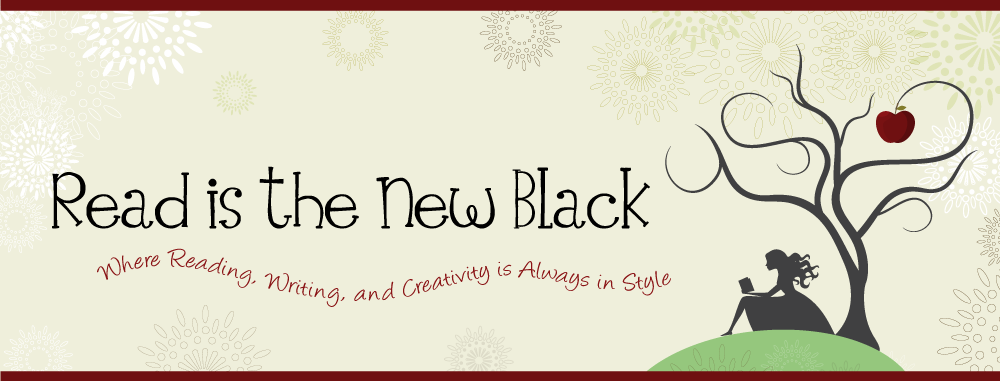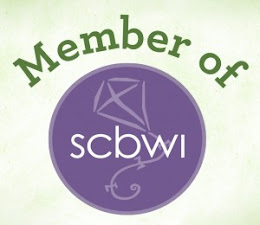 Today
I am bringing you an interview with award-winning author Deborah Hopkinson (deborahhopkinson.com),
Today
I am bringing you an interview with award-winning author Deborah Hopkinson (deborahhopkinson.com), who lives near Portland, OR. I read Deborah’s recently published picture books INDEPENDENCE CAKE (Schwartz & Wade Books, illustrated by Giselle Potter) and ORDINARY, EXTRAORDINARY JANE AUSTEN (Balzer & Bray, illustrated by Qin Leng). INDEPENDENCE CAKE offers a “made-up tale” about Amelia Simmons, the author of America’s first cookbook who lived during the Revolutionary times. In Deborah’s story, Amelia makes 13 Independence Cakes, one for each colony. In ORDINARY, EXTRAORDINARY JANE AUSTEN, Jane Austen proves that the ordinary world can be written about in an extraordinary way. The reader sees how Jane Austen’s keen observation skills, simple English home life and upbringing, and her passion for books and writing contributed to her future success as an author.
The stories and illustrations in both books engaged me as a reader and brought me to two different historical regions- one in New England, and the other, England.
 From reading the preface of INDEPENDENCE CAKE, I could see there isn’t a lot of information out there about Amelia Simmons. So how did you venture out to write a story about her?
From reading the preface of INDEPENDENCE CAKE, I could see there isn’t a lot of information out there about Amelia Simmons. So how did you venture out to write a story about her?I wanted to write about that time period, and I love stories about little-known figures in history. Since historians have uncovered very little about Amelia Simmons, it seemed the perfect opportunity to underscore the difference between historical fiction and nonfiction, something I try to emphasize in my author visits in schools. I read articles by culinary historians including the late Karen Hess, who, in an introduction to the second edition of AMERICAN COOKERY, published in Albany in fall 1796, speculated that Amelia Simmons may have lived near the Hudson Valley and been influenced by Dutch settlers. Simmons used terms such as “slaw” based on the Dutch “sla” for salad, and “cookey,” from “koekje.”
When I share the book with young readers, I also use it as a chance to talk about gender roles. I like to say that in our time, everyone helps at home, but who did the housework in 1789? We also look at Giselle Potter’s lovely spot art pages illustrating the various chores Amelia did, from picking apples to washing clothes, to spinning, sewing, and quilting and use that as a chance to talk about past and present and how technology has (or hasn’t) had an impact on daily life.
Unlike Amelia Simmons, there’s more out there about Jane Austen. How were you able to write an interesting book such as ORDINARY, EXTRAORDINARY JANE AUSTEN and make it unique from other books out there about Jane Austen? How did you research Jane Austen for your picture book?
I’ve read quite a bit about Jane Austen, but to research this book I splurged and purchased Deirdre Le Faye’s masterful book, A CHRONOLOGY OF JANE AUSTEN, which delves into basically everything we know about Jane and her family. Although another picture book, BRAVE JANE AUSTEN, was published at the same time as my book, there haven’t been, to my knowledge, any picture books about Jane until 2018.
The most difficult part of writing this book was to try to capture elements of Jane’s life that would be of interest to young readers. When I speak to students, I always emphasize that anything hard – whether it’s sports, playing a musical instrument, or writing– takes determination. What’s wonderful about Austen is that she began practicing her writing craft from the time she was a child. She embraced revision, and she persevered in the face of rejection.
The short answer is that I read a lot, and depend heavily on scholarly works as well as memoirs and first-person accounts, or, sometimes, fiction written during the time period in which my books are set.
I write both nonfiction and fiction, and sometimes find myself more stymied by research questions when writing historical fiction. In nonfiction, first-person accounts can guide the narrative. But in fiction you suddenly find yourself spending hours tracking down some seemingly insignificant detail that doesn’t seem to be mentioned in any secondary source.
Since you wrote a book about dessert and another book about Jane Austen (both things I love), please tell me what is your favorite dessert (besides Independence Cake) and what is your favorite Jane Austen novel.
Alas, since developing food sensitivities that require me to be gluten free, I don’t get to indulge in dessert much these days. However, I will say I am partial to an excellent gluten-free chocolate cookie.
As far as Austen novels, PRIDE AND PREJUDICE is still at the top of my list, with PERSUASION and SENSE AND SENSIBILITY right up there too.
 What books did you enjoy reading while you were growing up?
What books did you enjoy reading while you were growing up?I loved THE SECRET GARDEN. I believe I first read Austen and Charlotte Bronte by the sixth grade, and also loved mysteries and read a lot of Dickens. (Whether I understood much about what I was reading then is another question!) In high school, I also read a lot of World War II books, adventure stories, and long historical fiction.
What upcoming book projects would you like to announce here?
Speaking of World War II, two of my new books are set in that period. D-DAY: THE WORLD WAR II INVASION THAT CHANGED HISTORY is a nonfiction title to be published by Scholastic in Fall 2018. In Spring 2019, my middle grade spy novel, HOW I BECAME A SPY, will be out from Knopf.
In addition, I am part of a YA project entitled FATAL THRONE: THE WIVES OF HENRY VIII TELL ALL, released in May 2018, and a picture book biography of the Buddha, UNDER THE BODHI TREE, coming this fall.



